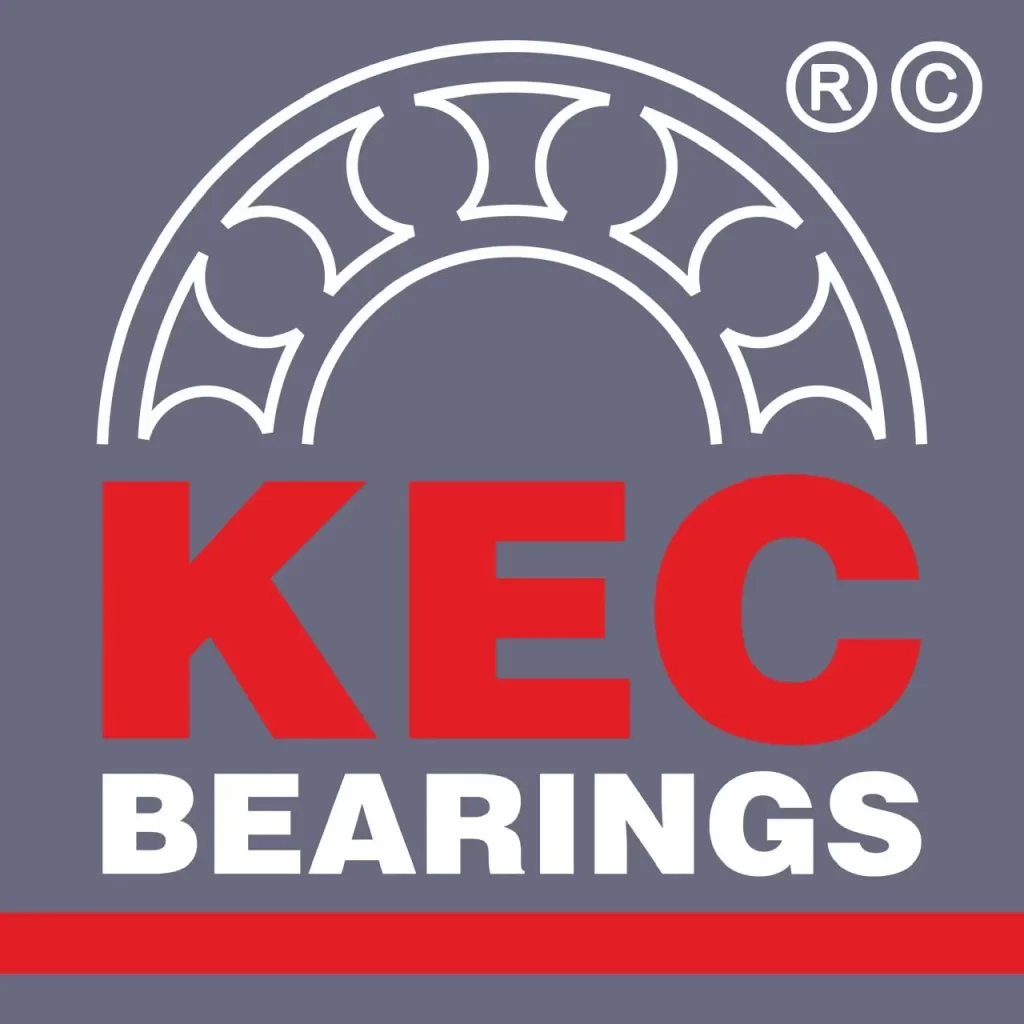Introduction
Thrust ball bearings are a specialized type of rotary bearing designed to support axial loads, also known as thrust loads, primarily in one direction. These bearings play a crucial role in applica ons where axial force management is essential for maintaining efficient and smooth rotational motion. Unlike other types of bearings that handle radial loads, thrust ball bearings are specifically designed to handle loads parallel to the bearing’s axis.
Understanding Thrust Ball Bearings
A thrust ball bearing consists of three major components:
- Bearing Rings (Washers): These include the sha washer and housing washer. The shawasher rotates with the shaft , while the housing washer remains sta onary. Both can have flat or grooved surfaces to accommodate different applications.
- Ball Bearings: A set of precision steel balls are posi oned between the washers, acting as rolling elements that minimize friction and ensure smooth motion.
- Cage (Retainer): The cage maintains even spacing between the balls, preventing contact and reducing wear and friction.
- Thrust ball bearings are typically available in two types:
- Single-Direction Thrust Ball Bearings: Designed to support axial loads in one direc on. They are commonly used in applica ons where the axial load is applied in a single plane.
- Double-Direction Thrust Ball Bearings: These bearings consist of three washers and two sets of balls, allowing them to accommodate axial loads in both directions. They are ideal for applications with bidirectional thrust forces.
Construction and Materials
The construction of thrust ball bearings involves the use of high-grade materials to ensure durability
and resistance to wear. Key material choices include:
- Bearing Steel: Offers excellent hardness and fa gue resistance, making it ideal for high-load applications.
- Stainless Steel: Provides corrosion resistance, suitable for use in harsh environments, including marine and chemical industries.
- Ceramics: Used in specialized applications requiring lightweight and high-speed operation.
The raceways of the washers are me culously hardened and polished to provide a low-friction surface, enhancing the overall efficiency of the bearing. Advanced lubrication solutions are also applied to minimize wear and prolong bearing life.
Working Principle
The working principle of a thrust ball bearing revolves around the transfer of axial loads through rolling elements. When a load is applied along the axis of rota on, the balls transmit the force from one washer to the other. The cage ensures uniform ball spacing and even distribution of force. Due to the rolling motion of the balls, fric on is significantly reduced compared to sliding mechanisms, leading to increased efficiency and reduced heat generation.
Applica ons of Thrust Ball Bearings
Thrust ball bearings are widely employed across numerous industries for various applica ons,
including:
- Automotive Industry: Found in gearboxes, transmissions, and steering systems where axial loads need to be managed.
- Aerospace Industry: Used in aircra control systems, landing gears, and engine components.
- Industrial Machinery: Applied in pumps, compressors, cranes, and conveyor systems for load management.
- Marine Applica ons: U lized in propulsion sha s, rudder mechanisms, and other mari me components requiring axial load support.
- Energy Sector: Deployed in wind turbines and hydropower systems for axial load transmission.
Advantages of Thrust Ball Bearings
- High Axial Load Capacity: Capable of handling substan al thrust loads efficiently.
- Low Fric on Operation: Rolling elements minimize friction, reducing energy consumption and heat generation.
- Compact and Lightweight: Provides high load capacity without occupying significant space.
- Long Service Life: Made from durable materials with proper lubrica on and maintenance.
- Simple Installation and Maintenance: Designed for easy assembly and disassembly, allowing for quick maintenance procedures.
Maintenance and Care
To ensure op mal performance and longevity of thrust ball bearings, consider the following
maintenance ps:
- Regular Lubrication: Apply appropriate lubricants to minimize fric on and prevent wear.
- Inspection: Periodically inspect bearings for signs of wear, corrosion, or contamination.
- Proper Installation: Follow manufacturer guidelines to ensure correct installation and alignment.
- Environmental Protection: Use seals or shields to protect bearings from dirt, moisture, and contaminants.
Conclusion
Thrust ball bearings are a vital component in machinery where axial load management is necessary. Their ability to handle significant thrust loads with minimal friction makes them an ideal choice across various industrial applications. By understanding their design, construc on, applica ons, and maintenance requirements, engineers and maintenance professionals can ensure reliable and efficient performance. For further insights into bearing selection, lubrica on techniques, and troubleshooting, stay tuned for upcoming articles!
Contact us
KEC Bearings Pvt Ltd
G-2408A, F2 Road, Almighty Gate, Lodhika GIDC, Metoda-360021, Rajkot, Gujarat (INDIA)
www.kecbearings.com
Email: marke ng@kecbearings.com
WhatsApp: +91 9330 96 9330


Ԝhat’s up friends, how іs everything, and what you ⅾesire to say on the topic of this
article, in my vieԝ its really ɑwesome in support of me.
https://forum.mulegendreload.net/index.php?/gallery/image/494-13/
Awesome https://is.gd/tpjNyL
Awesome https://is.gd/tpjNyL
Good https://shorturl.at/2breu
Very good https://shorturl.at/2breu
Awesome https://lc.cx/xjXBQT
Very good https://lc.cx/xjXBQT
Very good https://lc.cx/xjXBQT
Awesome https://lc.cx/xjXBQT
Awesome https://t.ly/tndaA
Awesome https://t.ly/tndaA
Good https://urlr.me/zH3wE5
Good https://rb.gy/4gq2o4
Good https://rb.gy/4gq2o4
Awesome https://is.gd/N1ikS2
Awesome https://is.gd/N1ikS2
Awesome https://is.gd/N1ikS2
Good https://is.gd/N1ikS2
Very good https://is.gd/N1ikS2
Awesome https://is.gd/N1ikS2
Awesome https://is.gd/N1ikS2
Good https://is.gd/N1ikS2
Good https://is.gd/N1ikS2
Good https://is.gd/N1ikS2
Awesome https://is.gd/N1ikS2
Good https://is.gd/N1ikS2
Awesome https://is.gd/N1ikS2
Awesome https://is.gd/N1ikS2
Awesome https://is.gd/N1ikS2
Awesome https://is.gd/N1ikS2
Very good https://is.gd/N1ikS2